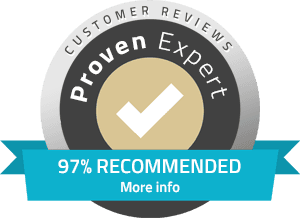The process of improving your website to increase its exposure and rating on search engine results pages (SERPs) is known as search engine optimisation, or SEO. This is an explanation of how SEO
functions for your website:
1. Keyword Research
Identify Keywords: Research and identify the keywords and phrases that potential visitors might use to find your products or services.
Analyze Competitors: Look at the keywords your competitors are targeting.
2. On-Page SEO
Content Quality: Create high-quality, engaging, and relevant content that provides value to users.
Keyword Optimization: Incorporate keywords naturally into your content, including titles, headings, meta descriptions, and body text.
Internal Linking: Link to other pages on your website to improve navigation and spread link equity.
Meta Tags: Optimize meta titles and descriptions to make them compelling and relevant.
URL Structure: Use clean, descriptive URLs that include relevant keywords.
3. Technical SEO
Website Speed: Ensure your website loads quickly on both desktop and mobile devices.
Mobile-Friendliness: Optimize your site to be mobile-friendly, as search engines prioritize mobile-first indexing.
Site Architecture: Structure your site well with a clear hierarchy and sitemap to help search engines crawl your pages.
Security: Use HTTPS to secure your site and boost rankings.
4. Off-Page SEO
Backlinks: Acquire high-quality backlinks from reputable websites, as they signal to search engines that your site is trustworthy and authoritative.
Social Signals: Promote your content on social media to drive traffic and engagement, indirectly influencing your SEO.
5. Content Marketing
Blogging: Regularly publish blog posts on topics relevant to your audience to attract visitors and generate backlinks.
Guest Posting: Write articles for other websites to build authority and gain backlinks.
6. Local SEO
Google My Business: Optimize your Google My Business listing with accurate information and relevant keywords.
Local Citations: Ensure your business information is consistent across all local directories.
Reviews: Encourage satisfied customers to leave positive reviews.
7. Analytics and Monitoring
Track Performance: Use tools like Google Analytics and Google Search Console to monitor your site’s traffic, keyword rankings, and user behavior.
Adjust Strategies: Based on analytics, continually tweak your SEO strategies to improve performance.
8. User Experience (UX)
Navigation: Ensure your site is easy to navigate and provides a good user experience.
Engagement: Use engaging visuals, clear calls-to-action, and interactive elements to keep users on your site longer.
Implementation Steps:
Audit Your Website: Conduct an SEO audit to identify areas for improvement.
Develop an SEO Strategy: Create a comprehensive plan that includes keyword targeting, content creation, and link-building tactics.
Optimize Your Website: Implement on-page and technical SEO best practices.
Create High-Quality Content: Regularly update your site with valuable, keyword-rich content.
Build Backlinks: Engage in outreach and content marketing to acquire high-quality backlinks.
Monitor and Adjust: Continuously track performance and adjust your strategies as needed.
- +91 8300 665471
- info@vestaoneup.com



